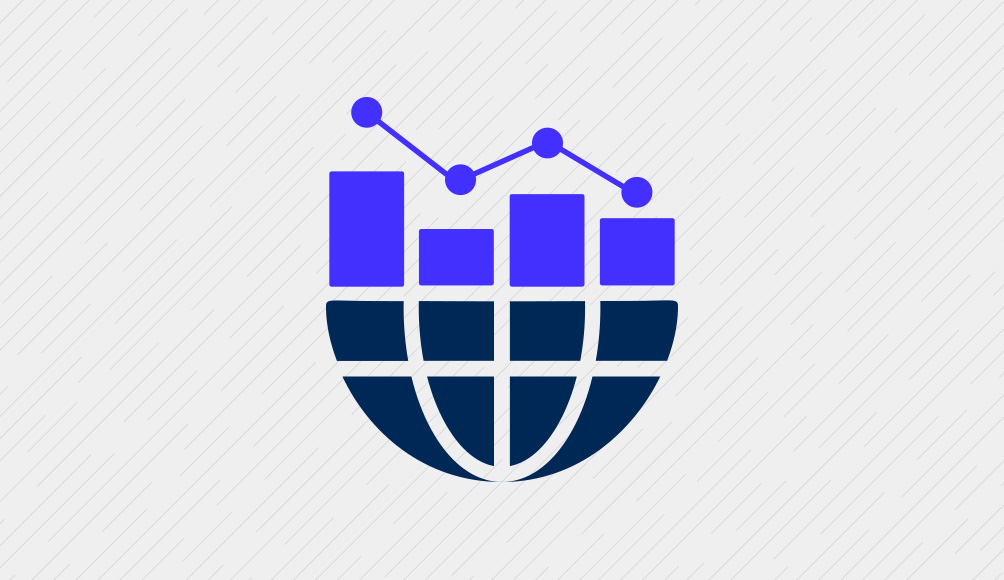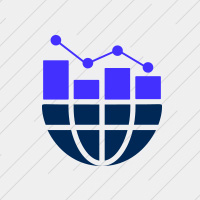
Paula Sacks
CHRO
ENGIE North America

July 2020
Being a leader requires constant evolution and lifelong learning. There is always a need to reinvent oneself to stay relevant.
For Paula Sacks, CHRO at ENGIE North America, there is incredible value in having a natural curiosity, a thirst for knowledge and a drive for personal growth.
“I believe to keep growing, in order to provide strong leadership and to constantly be able to bring things back to the business, that I need to always learn and be curious,” said Sacks.
Leaders are never done learning, and we must always work to develop ourselves.
COVID-19 has tested everything from personal strength and resilience to business continuity plans and network capabilities. Leaders in human resources have been at the helm throughout the pandemic to ensure employee sentiment is being heard and acted upon, as well as creating and sharing important resources across the organization.
After a lifetime of learning and leadership, the lessons from the pandemic are just the latest step in the journey, Sacks said.
“We’re focused on the health and safety of our employees. We’re also making sure employees are heard through having frequent town halls and check-in pulse surveys. These are some of the methods we’re using to stay constantly connected with employees and to respond quickly to their needs,” she said.
Sacks reflected on her career path to share insights on her leadership philosophy, business enablement through human resources and ENGIE North America’s mission to work towards a carbon-neutral future.
Putting the “Human” in Human Resources
Though COVID-19 is far from behind us, one thing that was emphasized early on is the power of human connection. Supporting an organization while working remotely and dealing with added stressors requires flexibility, agility and empathy.
The concurrent stressors of a global pandemic and economic uncertainty have caused anxiety for many people. Monitoring employee sentiment and acting quickly to lessen their fears has been ENGIE North America’s strategy from the first week of remote work. Initial pulse surveys gathered information on if employees had everything they needed to work remotely and evolved to focus on health and well-being and making sure available resources were understood.
“Something that has been important to us is thinking about how we can leverage this opportunity to positively grow our culture. We’ve launched several initiatives, like check-in pulse surveys, where we have used that feedback week to week to immediately address their concerns,” she said.
“We also created an employee hardship fund, where our entire executive committee and many other managers and employees voluntarily took a salary reduction for two months in order to create this fund. We used it to make donations to employees that had been furloughed or laid off during this time, to provide them with things they may require for basic needs, food, transportation, housing, medical, et cetera,” Sacks added.
These actions align with Sacks’ leadership philosophy, which is simple: treat others with kindness, not just some of the time, but all the time.
“No matter how tough the situation is or how tough the leadership actions are that sometimes we have to take as HR leaders, approach it with kindness and caring. No matter how high in the organization that I get, that is always very core to me of just who I am,” said Sacks.
Business Enablement and Partnership
Navigating the current times has required quick decision-making and consensus among the executive team. While business continuity plans had some procedures in place prior to COVID-19, the playbook needed to be re-written and adjusted to account for the length and pervasiveness. Prior to the pandemic, decision making for new initiatives would typically take months to study, perfect, pilot and launch.
“As an executive committee, we have spent a tremendous amount of dedicated time charting this new course together. Everything we have done has been figuring it out as we go. During this crisis, we’ve had to adapt and study something quickly, create a draft, and then launch it to continually refine,” Sacks said.
Sacks’ unique career path took her out of human resources for six years to gain experience in operations and customer service at Southern Company, a gas and electric company in Georgia. This endeavor allowed her to take her human resources foundation into another area of the business, and upon returning to HR, she was able to take that business experience back to the HR function.
Those past experiences have helped Sacks at ENGIE North America, where in addition to her role as CHRO, she oversees marketing and communications, sustainability, M&A integration activities and corporate real estate.
“The experience I gained from leading people and managing client relations and overseeing front-line operations helped me think about everything that HR does through the business lens. As I’ve continued to progress in my career, I’ve been able to incorporate all of those learnings along the way,” she said.
Gone are the days of HR being considered back-office support.
Human resources is a critical business function, said Sacks. The role is at the forefront as HR leaders are working closely with the rest of the C-suite to solve business problems, shape the culture of the organization and bring ideas to the table in a way that meets the needs of the business.
“HR leaders must drive and influence to lead with the business problem that we’re trying to solve or the business opportunity that we have the ability to impact. So, through bringing ideas, solutions, creativity and innovation, in a way that directly meets the needs of the business. It’s not about what HR needs, but truly about what the business needs,” she said.
“We really have to constantly reinvent ourselves to be relevant and stay relevant for what the business needs and what the employees need,” Sacks added.
A Carbon-Neutral Future
A carbon-neutral future is ENGIE North America’s core purpose. With hundreds of thousands of jobs that can be created through green energy, ENGIE is striving towards 58% renewable energy by 2030, a marked increase from 20% in 2016. Their focus is helping companies, communities and municipalities transition to renewable energy without an impact on comfort, productivity or cost, said Sacks.
This essential work has been ongoing during the pandemic, with thousands of field workers doing construction on critical projects, including in hospitals. They’ve implemented safety measures to protect these essential workers and have taken a very pragmatic approach to ensure the health and safety of these employees. Compiling resources for managers and employees that are easy to access and constantly refined is an organizational tool ENGIE has used to great success.
For ENGIE, business continuity means sustaining the business and minimizing financial impact, which is why remaining close to their clients and keeping employees safe is critical for a successful restart. Looking forward, there are many adjustments that need to be made both in the office and for field workers to ensure everyone’s health and safety, all of which are being done with a pragmatic and careful approach.
“We are alongside our clients, providing solutions and services for them, that is our focus. It was before and will continue to be after the pandemic. The restart is accelerating, and we believe many clients will want to do projects even more quickly because of the delays that have happened,” she said.
While headquarters and several sites are currently open in Houston on a voluntary basis for office-based workers, the learning, communicating and iterating will be ongoing. A continued commitment to keeping employees and customers safe and driving towards a zero-carbon future are the driving initiatives for ENGIE North America.
“We have a lot to be proud of,” said Sacks, reflecting on the journey of the last several months.
Special thanks to Paula Sacks and ENGIE North America.
by CHROs, for CHROs
Join the conversation with peers in your local CHRO community.





